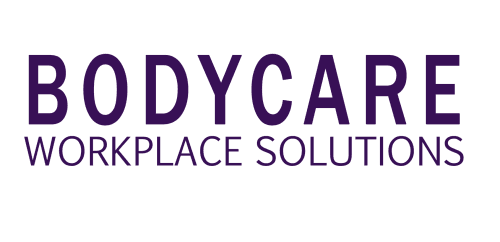Managing fatigue in the workplace: when coffee isn’t enough

Reaching for the caffeine before attempting a conversation in the morning? Yawning frequently throughout the day? Having difficulty concentrating on simple tasks at work?
If you answered yes to any of these questions, you may well be sleep-deprived.
We all know that sleep is a critical and necessary part of human life. Anyone who has stayed awake for more than 17 hours can confirm how critical sleep is to being able to function well. Whether your lack of sleep is attributed to a young child, work commitments or travel, the reality is that far too many Australia’s aren’t getting enough sleep.
So why is it so common for many of us to feel like we haven’t had an adequate amount? For some people, staying awake for long periods of time is inevitable and part of the job. While every business and industry are affected to some extent by fatigue, there are certain roles that have an inherently higher risk of experiencing exhaustion; shift workers for example. Not only does fatigue impact an employee’s mental and physical state, it can also affect the health and safety of those around them.[1] After being awake for 24 hours straight your blood alcohol level is equivalent to 0.10.[2]
To put that into perspective, think about the risks associated with getting behind the wheel of a car with a BAC of 0.10 – twice the legal limit. You wouldn’t take this risk on the road, so why would you take it in workplace by attempting to complete your duties on zero or minimal hours of sleep?
Fatigue: more than just tiredness
Being fatigued doesn’t just impact work – it affects all aspects of your life. But how can you tell whether you are just tired or whether you’re dealing with fatigue?
Put simply, fatigue is a state of feeling very tired, exhausted, drained of energy, or sluggish[3]. It is brought on by a lack of sleep, and can be worsened from continued mental activity, long periods of anxiety, or even boring and repetitive tasks.
There are two types of fatigue: acute and chronic.
Acute fatigue occurs from short-term sleep loss, and is reversible by getting adequate sleep. Chronic fatigue, on the other hand, is a long-term state that is brought on by a drawn-out loss of necessary sleep. This in turn creates a ‘sleep debt’ that gradually builds.
The effects of fatigue are far-reaching, with recent studies showing that when workers are awake for more than 17 consecutive hours or sleep for less than seven hours a night, they are far more likely to make mistakes and have an increased risk of injury in the workplace. Work fatigue can also reduce an employee’s ability to perform daily tasks safely and effectively.[4]
Accidents in the workplace caused by fatigue
Often, fatigue is the root cause of major accidents that occur on the job. Serious workplace injury relating to fatigue can affect just some of the following:
- Decision-making capabilities
- Complex planning
- Ability to handle stress
- Reaction times
- Memory loss
- Communication skills
- Spatial judgement[5]
If you operate fixed or mobile plants, drive vehicles, or undertake critical tasks that require a high level of concentration, it’s important that you get eight uninterrupted hours of sleep a night. It’s even more important for those who undertake night or shift work (when the body should normally be sleeping) or jobs that require significant amount of overtime.
Fatigue doesn’t just affect you physically – it can also cause mental health problems due to stress and anxiety. Getting eight hours of continuous sleep before a shift isn’t a recommendation – it’s essential.
Fatigue management – it’s everyone’s responsibility
While it’s ultimately up to the individual to get the required amount of sleep a night, there are several ways to help your workers stay safe while on your watch:
- Provide amenities such as prepared meals or on-site accommodation
- Offer facilities where workers can nap during their shift or before their drive home
- Create work schedules that give your employees enough time to rest before their next shift
- Provide a work environment that has good lighting and comfortable temperatures to reduce strain and stress
Preventing and managing fatigue in the workplace can be as simple as making your employees aware of the detrimental effects of sleep deprivation. You might also want to make suggestions to encourage better sleeping habits at night, such as going to bed and getting up at the same time every day (if possible), making the room as dark and quiet as necessary before going to sleep, exercising regularly and advising limitations on phone and television usage before bed.
Taking action to address fatigue in the workplace can be done in a number of different ways. Some organisations opt for a comprehensive fatigue risk management strategy, whilst others start by providing training and education on sleep hygiene and fatigue, and monitoring shift times and rosters to ensure sufficient breaks between shifts are scheduled. Whatever your approach is, it’s important to assess, monitor and educate your employees about fatigue.
[1] http://www.brighthub.com/environment/science-environmental/articles/123273.aspx
[2] https://safetyalliancebc.ca/the-dangers-of-fatigue-in-the-workplace/
[3] https://safetyalliancebc.ca/the-dangers-of-fatigue-in-the-workplace/
[4] https://www.safeworkaustralia.gov.au/system/files/documents/1702/managing-the-risk-of-fatigue.pdf
[5] https://safetyalliancebc.ca/the-dangers-of-fatigue-in-the-workplace/


